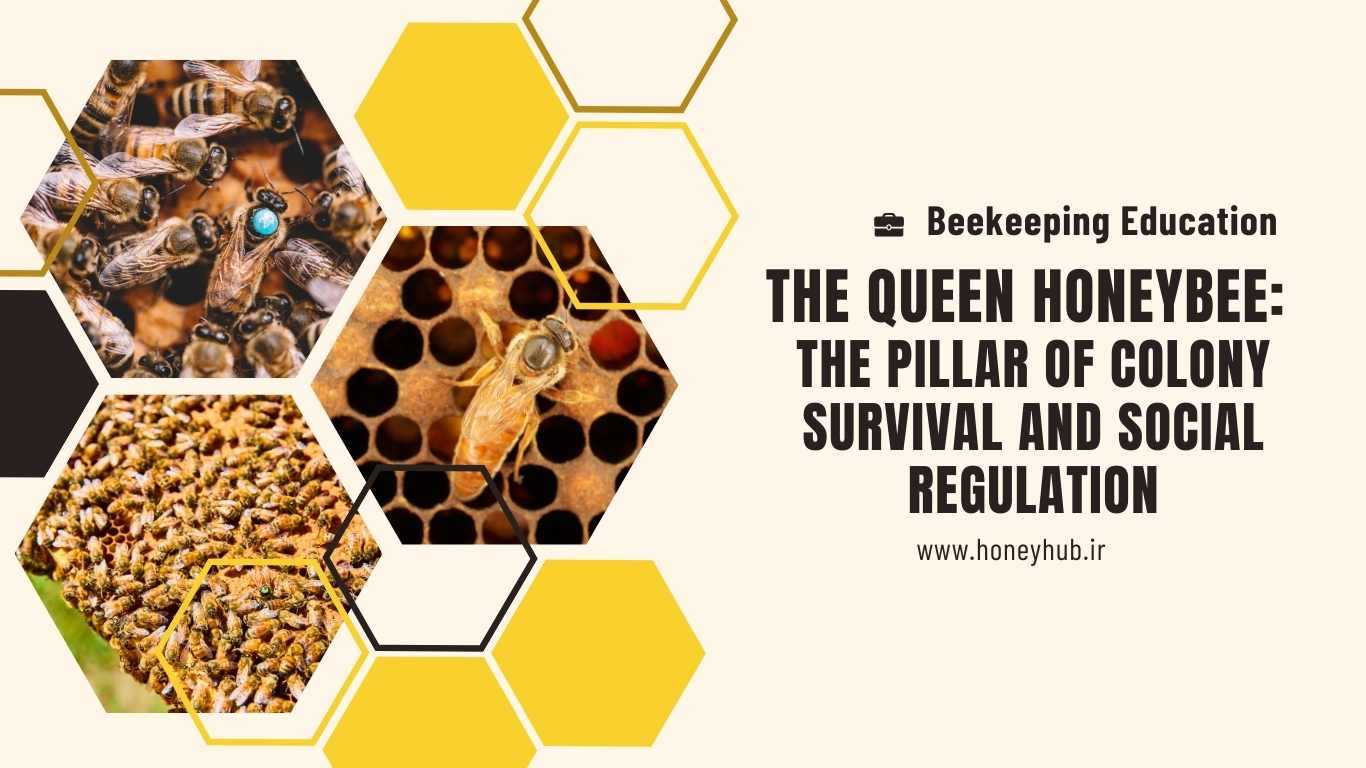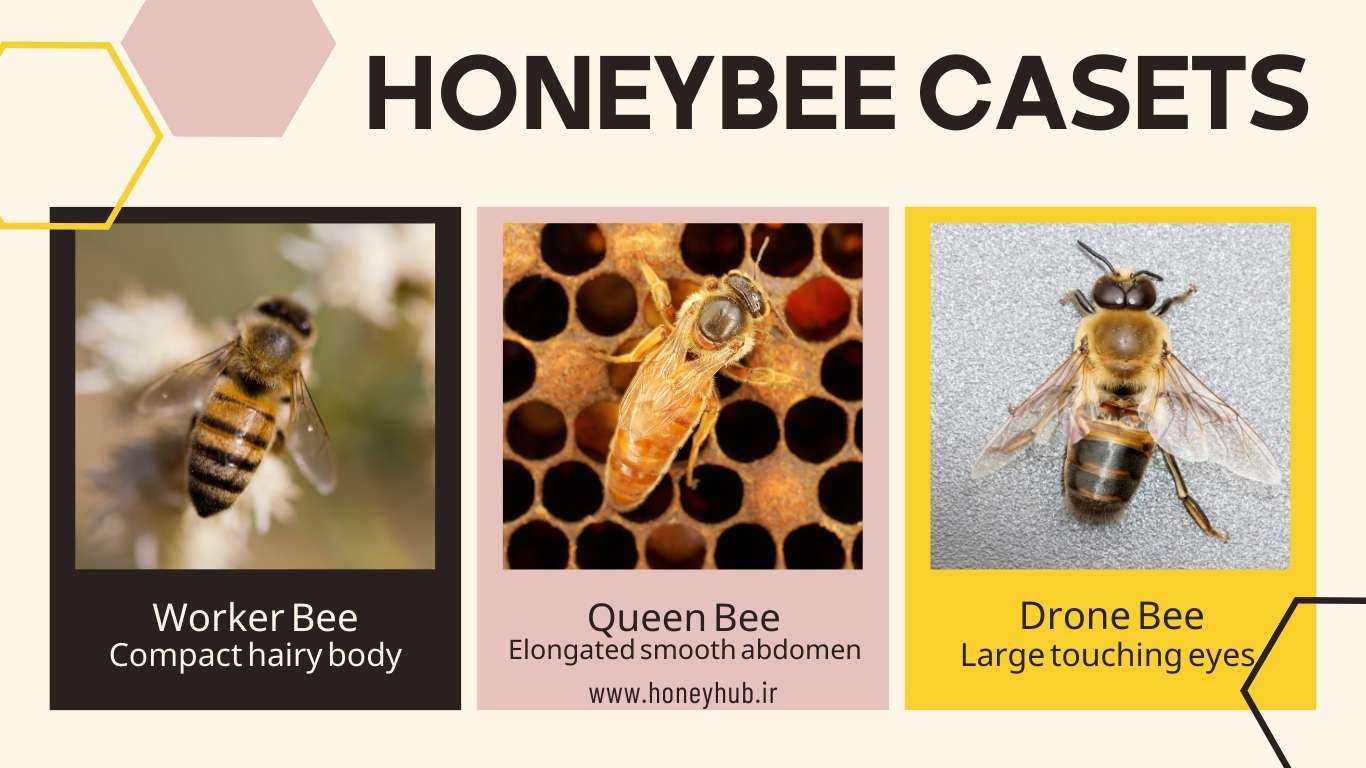Does your mozzarella refuse to stretch or just burn? The secret is science. From "pasta filata" to the crucial role...
Search in blog
Blog categories
Latest posts

French Carrot Salad (Carottes Râpées) is a healthy and delicious appetizer that prepares in under 15 minutes. This...

Did you know seasonal changes affect your health, mood, and even your genes? Discover how to sync with nature and use...

What is the Dunning-Kruger effect? Learn how this psychological phenomenon impacts our lives, from personal...

Learn about the unique properties of sunflower honey, its health benefits, rich history, and how to identify pure,...
Popular posts





Featured posts












Latest comments